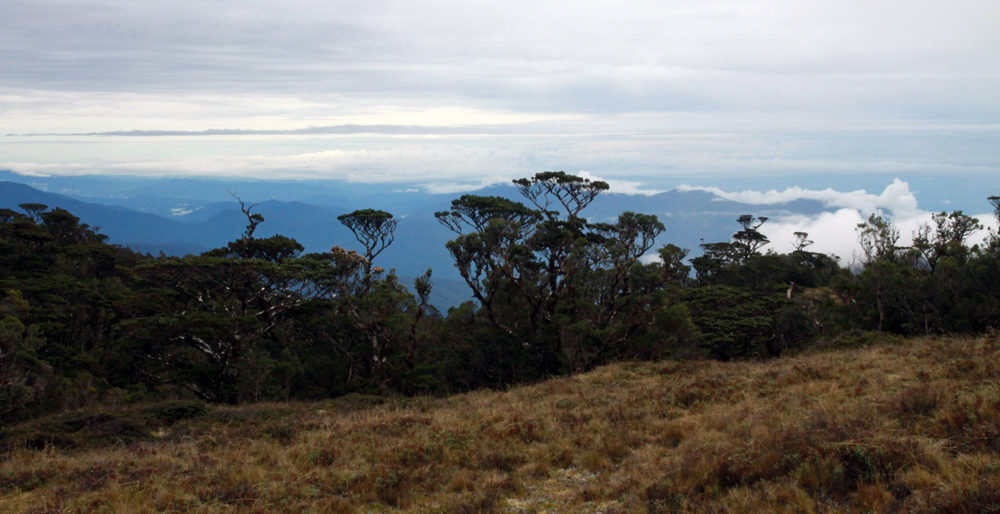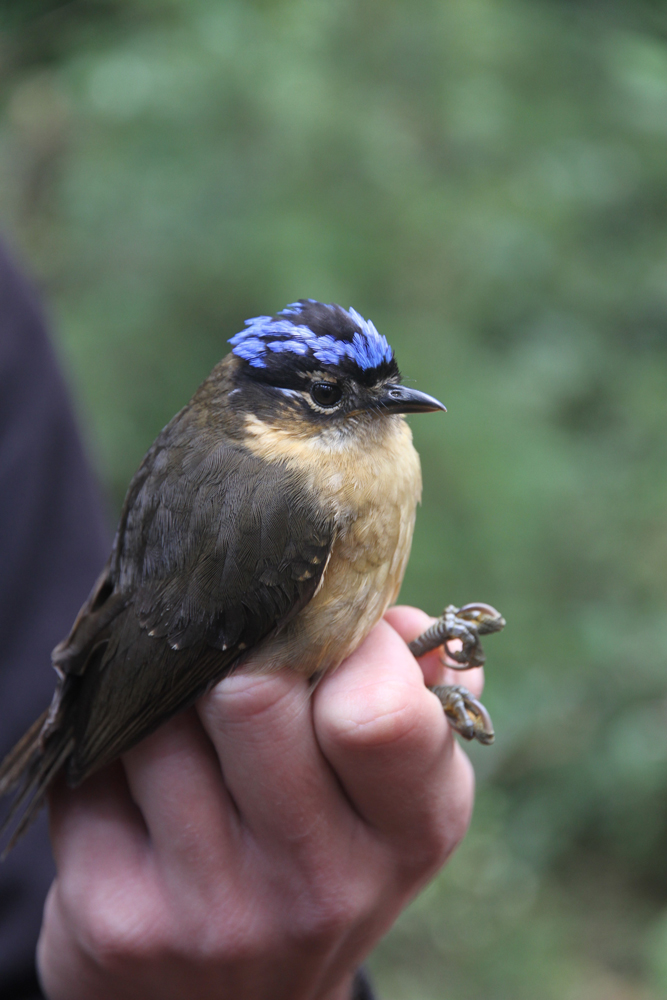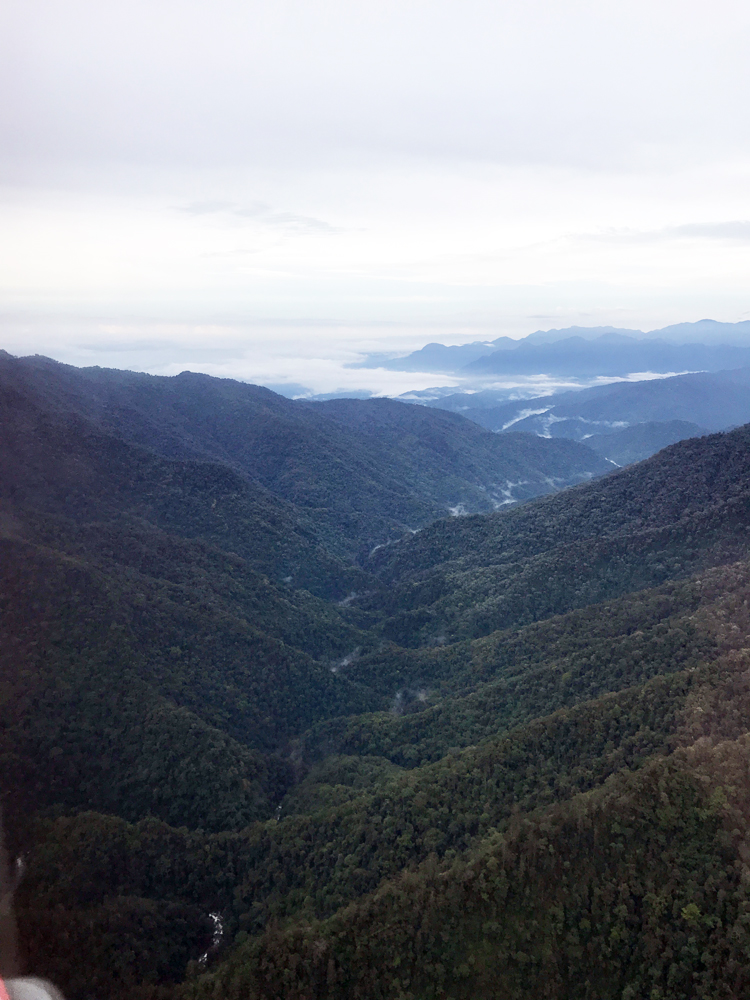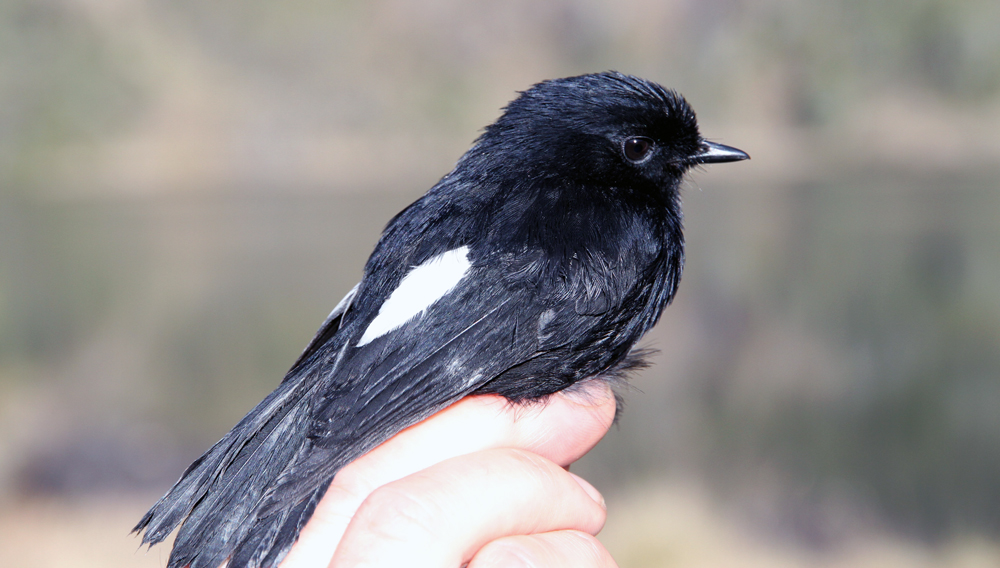New study maps how new bird species are formed in New Guinea
A new study from the Natural History Museum of Denmark changes the researchers' understanding of how new species form and how we best preserve rare and endangered species in the future.
 Researchers have studied bird populations along several altitude gradients from lowlands to mountain peaks on the world's largest tropical island, New Guinea. By sequencing entire genomes for a number of bird species, it has become possible to understand how the birds' population sizes and distributions have changed over millions of years and how new species are formed. Read more about the research in the article in Nature Communications.
Researchers have studied bird populations along several altitude gradients from lowlands to mountain peaks on the world's largest tropical island, New Guinea. By sequencing entire genomes for a number of bird species, it has become possible to understand how the birds' population sizes and distributions have changed over millions of years and how new species are formed. Read more about the research in the article in Nature Communications.
 The study shows that populations of the same bird species that live high up in two different mountain areas are more different from each other than populations of the same bird species that live in two different lowland areas. But surprisingly, the mountain species can still disperse between the mountain areas, which shows that there is a small but regular exchange of genetic material between bird populations in different mountain areas.
The study shows that populations of the same bird species that live high up in two different mountain areas are more different from each other than populations of the same bird species that live in two different lowland areas. But surprisingly, the mountain species can still disperse between the mountain areas, which shows that there is a small but regular exchange of genetic material between bird populations in different mountain areas.
In this part of the world, mountain peaks often represent evolutionary dead ends. Bird species originate in the lowlands and subsequently move up into the mountains over millions of years to eventually go extinct.
However, the new study shows that mountains are not absolute dead ends, because the mountain species can actually disperse to other mountain areas. The study therefore changes the researchers' understanding of how new species form, and this influences how we best preserve rare and endangered species in the future.
Facts Biogeography deals with the distribution of species in time and space, thereby seeking to answer why the distribution of species on Earth is as it is. It is one of the simplest yet fundamental natural history questions and has preoccupied biologists such as von Humboldt, Darwin and Wallace for hundreds of years.
Biogeography deals with the distribution of species in time and space, thereby seeking to answer why the distribution of species on Earth is as it is. It is one of the simplest yet fundamental natural history questions and has preoccupied biologists such as von Humboldt, Darwin and Wallace for hundreds of years.
The work was funded by the The Villum Foundation and carried out in collaboration with researchers from the Swedish Museum of Natural History, Sweden; Museum für Naturkunde, Berlin, Germany, The University of South Bohemia, Czech Republic, The Research Centre for Biology, Indonesia, The New Guinea National Museum and Art Gallery, Papua New Guinea, and The New Guinea Binatang Research Centre, Papua New Guinea.
Photos: Knud Andreas Jønsson

Contact
Bent Bøkman
PR & Press
Natural History Museum of Denmark
Ph.: +45 5383 3041
Mail: bent.boekman@snm.ku.dk
